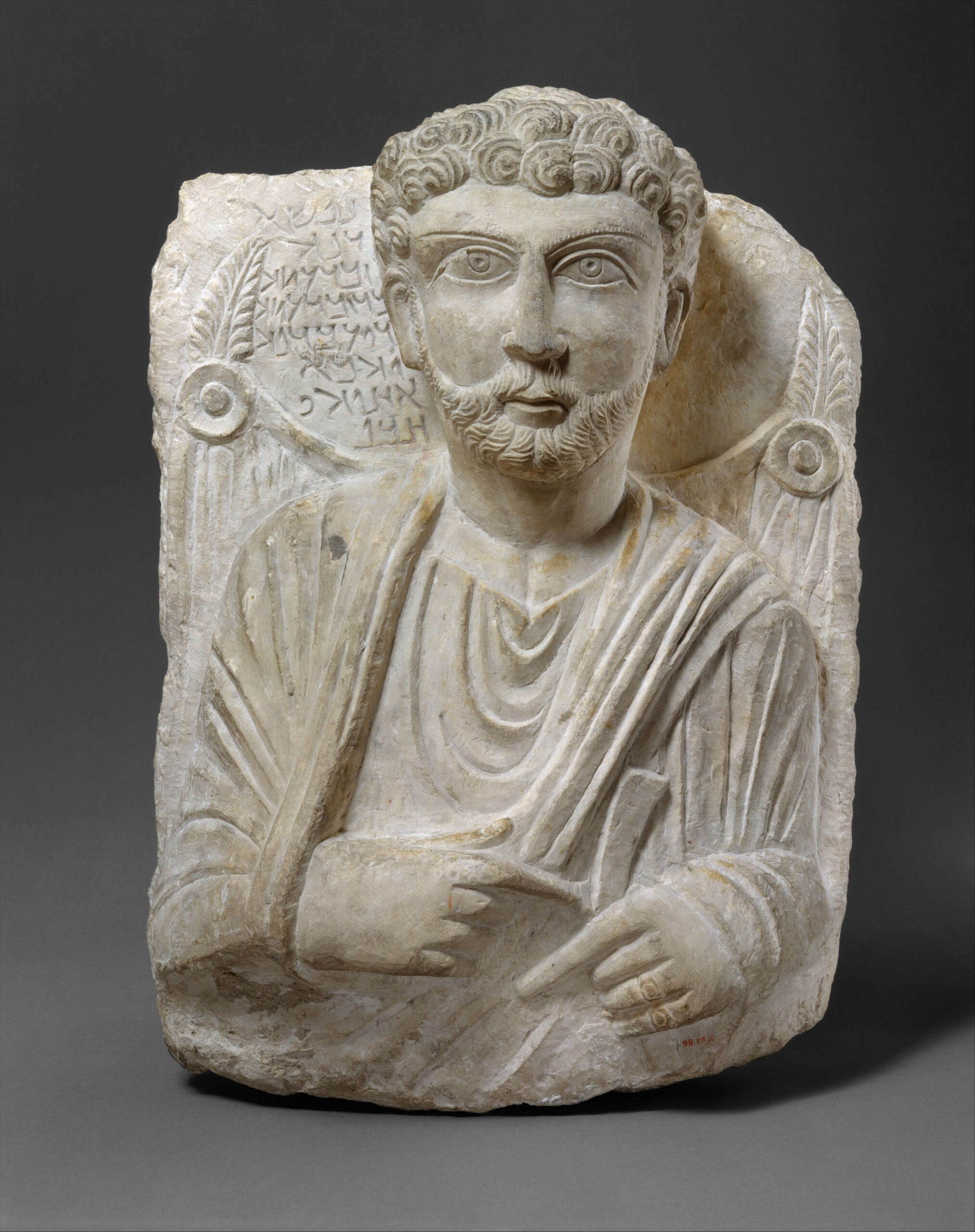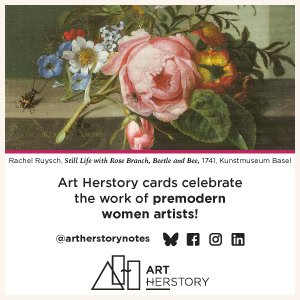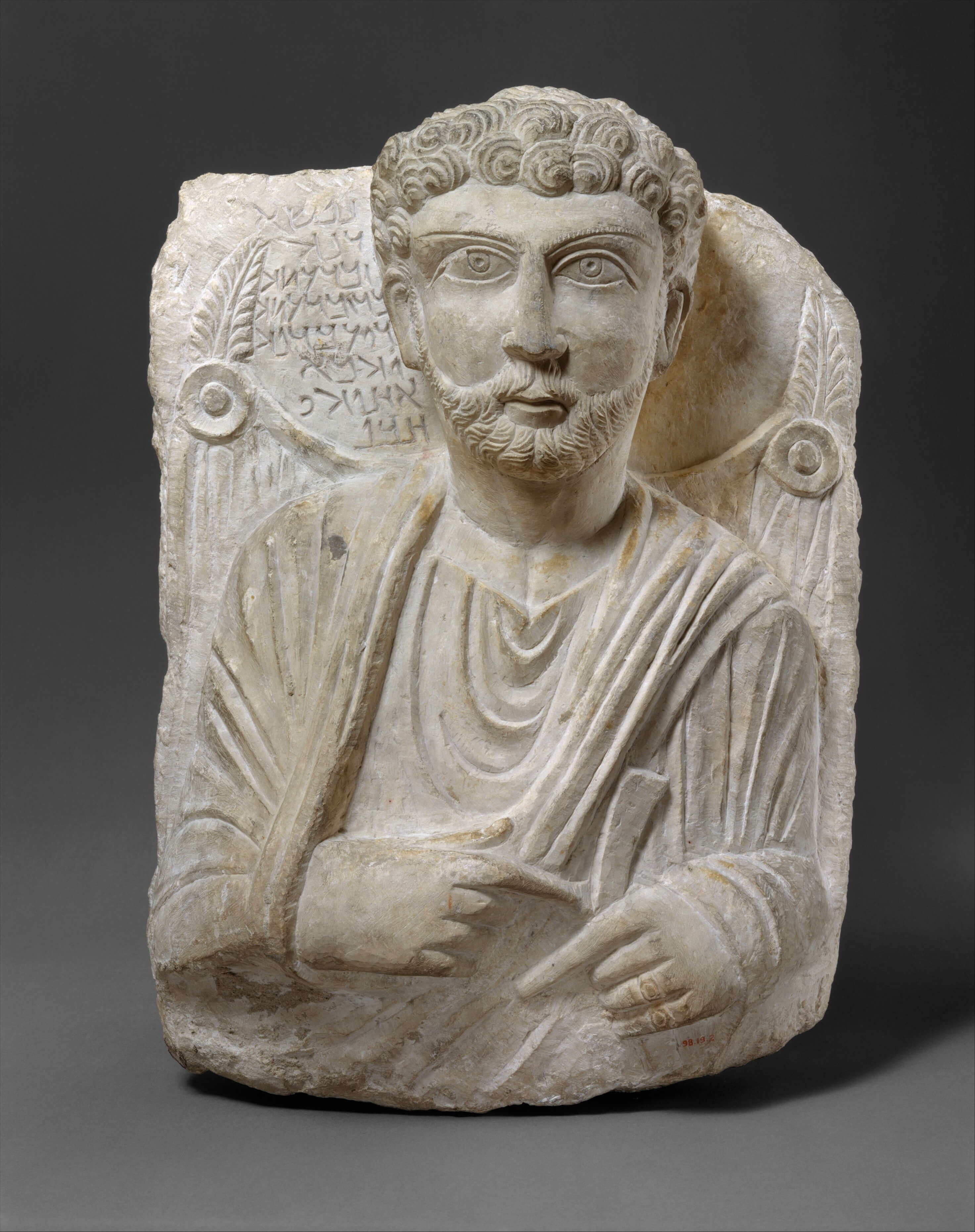
The World Between Two Empires: Art and Identity in the Ancient Middle East opened Monday at the Metropolitan Museum of Art, and I’ve already seen it. I exercised my privilege as a Met member and attended a preview last week. This is the first time I’ve done so. The atmosphere was a bit quieter than during a regular viewing, and there were curators hanging around to answer a few questions. I would definitely attend a preview again in the future.

The World Between Two Empires shows art and artifacts made in the Middle East between about 100 BCE and 250 CE. At this time, the area was part of major trade routes, and it was contested between the Roman Empire and the Parthian Empire (of Iran). The exhibition includes loans from museums all over the world. The majority of the objects on display are really wonderful sculptures, both large and small. There are also plenty of gold and silver coins, some large architectural fragments, and lots of other great stuff. I saw many images of gods and goddesses, as well as a surprisingly large number of lion statues. (I love lion statues!) However, I think that my favorite works on display were a couple of stelae with very minimalist faces. One only has a pair of eyes, while another has a set of simple but expressive facial features that would look at home in a work by Picasso. I just loved them! I enjoyed a stone carved with an early menorah image and panels from an elaborate lead coffin. I also loved seeing all the various types of writing carved into monuments. There were many different writing systems once associated with this area, including several that I’ve rarely seen before.
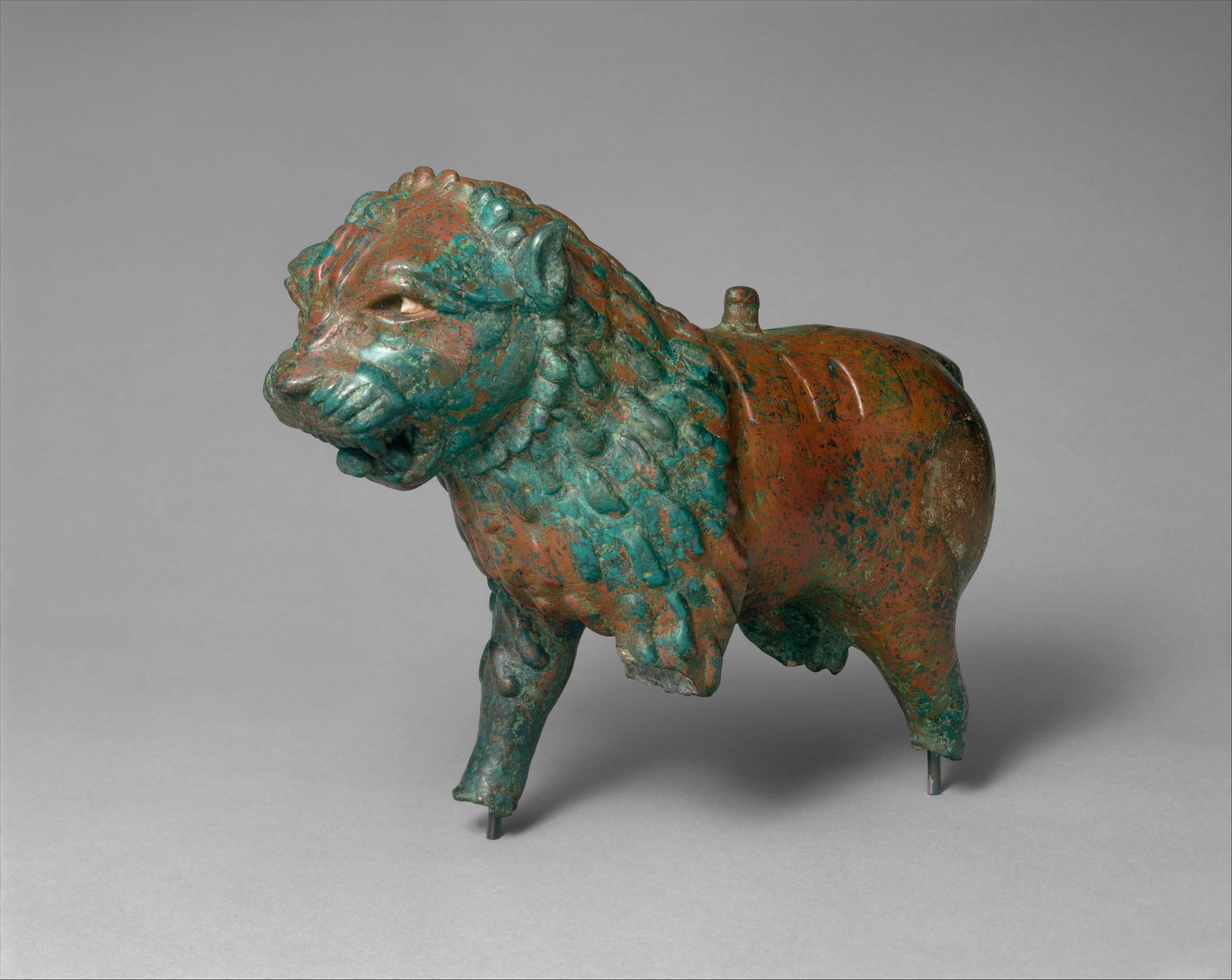
A big section of the exhibition is dedicated to Dura-Europos, a multi-religious settlement in early-CE period Syria. Yale owns a lot of these artifacts, so I had previously seen some at the Yale University Art Gallery. Objects on display in the Met’s exhibition include beautiful frescos from a synagogue and from an early church, including what was possibly the first-ever painted representation of Jesus. Some of the frescos have been recreated in full by contemporary artists so that we can see what they would have originally looked like. At this time, it seems that Jews, Christians, and followers of various polytheistic religions all co-existed and worshipped peacefully in Dura-Europos.
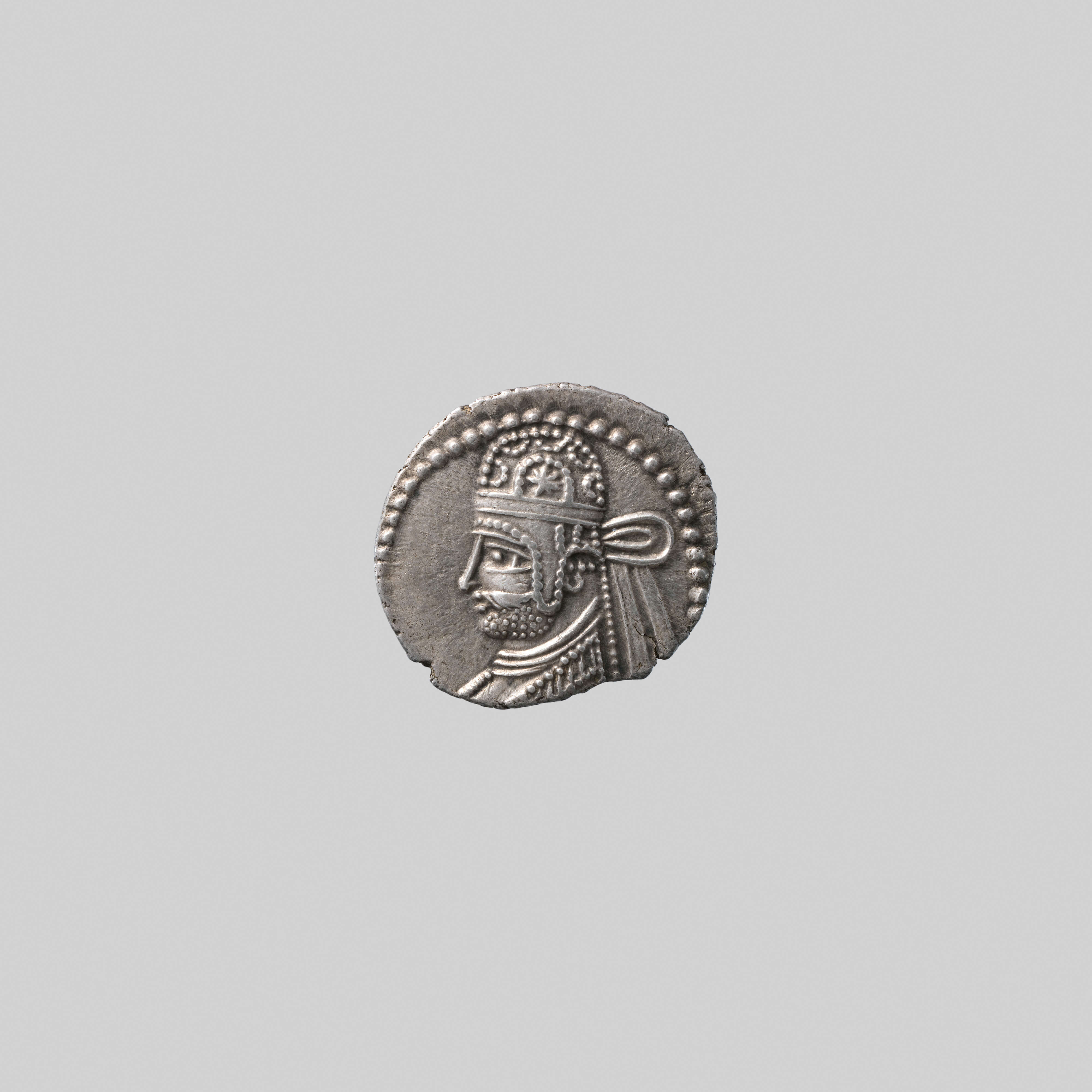
As we all know, the Middle East isn’t doing so well right now. In addition to the countless human tragedies, many ancient sites have been heavily damaged or completely destroyed. For example, the ruins of ancient Palmyra, which are celebrated in this exhibition, are probably completely gone now. The exhibition addresses this in two ways. Every wall text introducing a different city talks about its current status and what damage it might have suffered. There’s also a video about the issue, including statements by important archaeologists. This grim reality is a sobering addition to a lovely exhibition, but it simply has to be included.
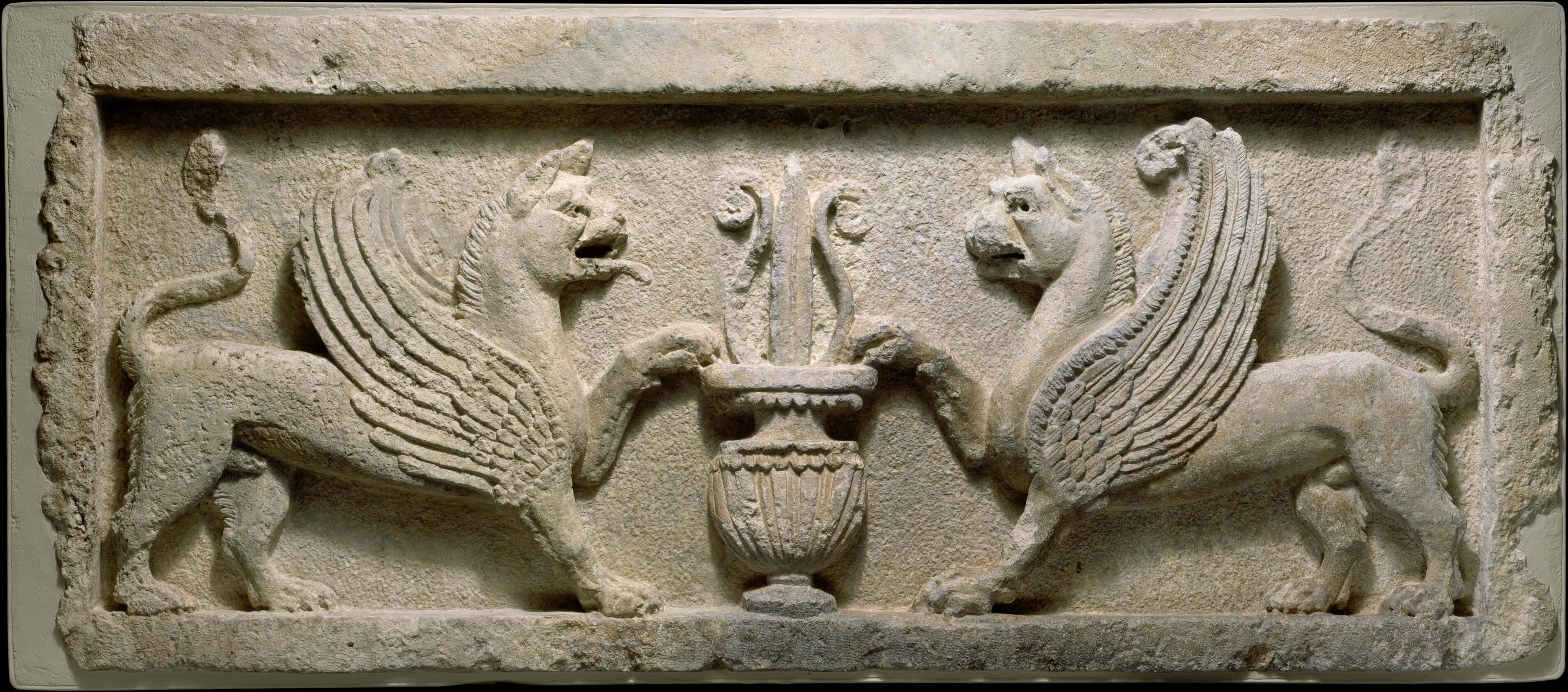
In light of today’s conflict, it’s pretty striking to realize how religiously fluid this area once was. In the few centuries around the beginning of the CE period, most people living in this area worshipped something of a shared pantheon. However, traditions could differ quite a bit. Gods were called by a host of names, they could gain different attributes in different places, and they were sometimes fused with other gods and local tradition. No one seemed too fussed about any of this. It was sort of “the more the merrier”, gods-wise. Similarly, the artistic styles seen in this exhibition have a lot of commonalities, but they also differ according to local traditions. Ancient Rome clearly had a strong influence on all the art in this area, since much of the art looks generally classical. However, it’s easy to see how lots of other styles came into play here, too.
Before visiting this exhibition, I didn’t know much about the Middle East in this time period. I’m more familiar with the area’s history in the far ancient past, but I was unfamiliar with cultures in power here right around the BCE/CE division. And, of course, everybody knows what is going on in the Middle East today. What I enjoyed most about this exhibition was seeing all this beauty and culture that I didn’t know much about before. It was kind of a whole new world for me, and I’m looking forward to learning more about it when I can. Also, it was nice to associate such positive things with an area that is currently so turbulent. I enjoyed the exhibition and definitely recommend going to see it.
The World Between Empires: Art and Identity in the Ancient Middle East opened on March 18 and runs through June 23, 2019 at the Metropolitan Museum of Art.
Understand the messages that art exhibitions share with their viewers.

After reading this review, you may be wondering how I got all these ideas out of this exhibition and how you can pick up on more of them yourself. The good news is that it’s actually not that hard. The key is simply to realize that all art exhibitions have points of view, no matter how neutral they may initially seem. You just have to know where to look.
Once you learn to identify these messages for yourself, you’ll uncover some fascinating ideas that might stick with you long after the exhibition closes.
You can discover how art exhibitions present and develop their messages in Be the Critic: Evaluate Museum Exhibitions. This handbook will teach you to recognize and evaluate the choices – like artwork selection and exhibition design – that add up to an exhibition with a point of view.
